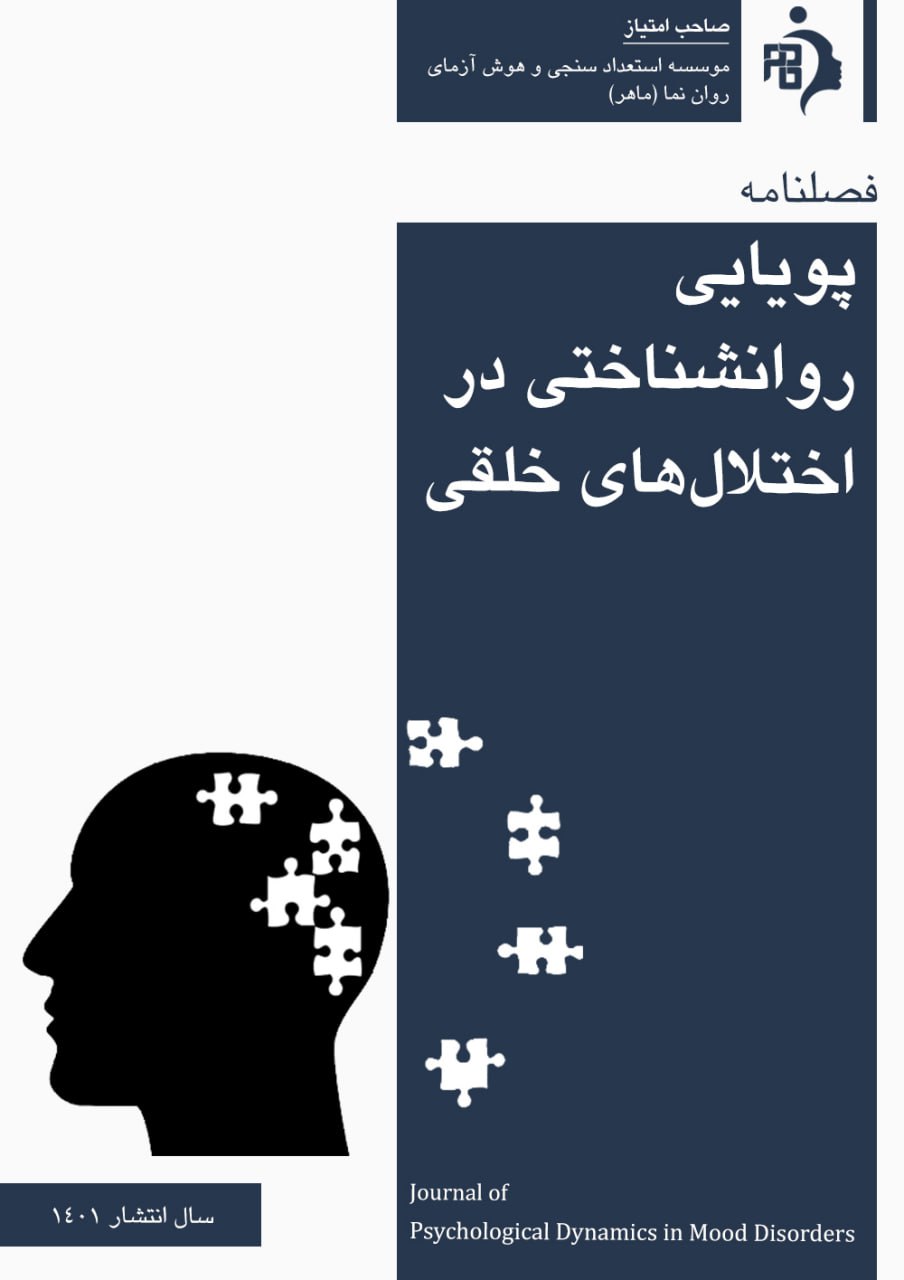Comparison of the Effectiveness of Computer-Based Cognitive Rehabilitation Tasks (Brain Gym) With and Without Transcranial Electrical Stimulation on Eye Tracking and Neuropsychological Functions in Children with High-Functioning Autism
Keywords:
Eye Tracking, Neuropsychological Functions, Computer-Based Cognitive Rehabilitation Tasks, Transcranial Electrical Stimulation, AutismAbstract
Objective: The aim of this study was to compare the effectiveness of computer-based cognitive rehabilitation tasks (Brain Gym) with and without transcranial electrical stimulation on eye tracking and neuropsychological functions in children with high-functioning autism.
Methodology: This research used a quasi-experimental pretest-posttest-follow-up design with three groups (two experimental groups and one control group). The statistical population included children with high-functioning autism at Tarab School in Tehran in 2024. A total of 30 participants were selected through purposive sampling and randomly assigned to two experimental groups and one control group. Both experimental groups received ten 50-minute sessions of computer-based cognitive rehabilitation tasks, with one group receiving transcranial electrical stimulation and the other without. The control group received no intervention. The instruments included the Autism Spectrum Quotient (Ehlers et al., 1999), the Neuropsychological Function Assessment (Korkman et al., 1998), and eye trackers for eye tracking measurement. Data were analyzed using mixed ANOVA with SPSS-v22.
Findings: The results indicated significant differences between the experimental groups in terms of eye tracking and executive functions/attention components. The group that received cognitive rehabilitation with transcranial electrical stimulation showed greater improvements compared to the group without stimulation.
Conclusion: Cognitive rehabilitation with transcranial electrical stimulation can have a positive impact on eye tracking and executive functions/attention in children with high-functioning autism, showing greater effectiveness compared to non-stimulation methods.









